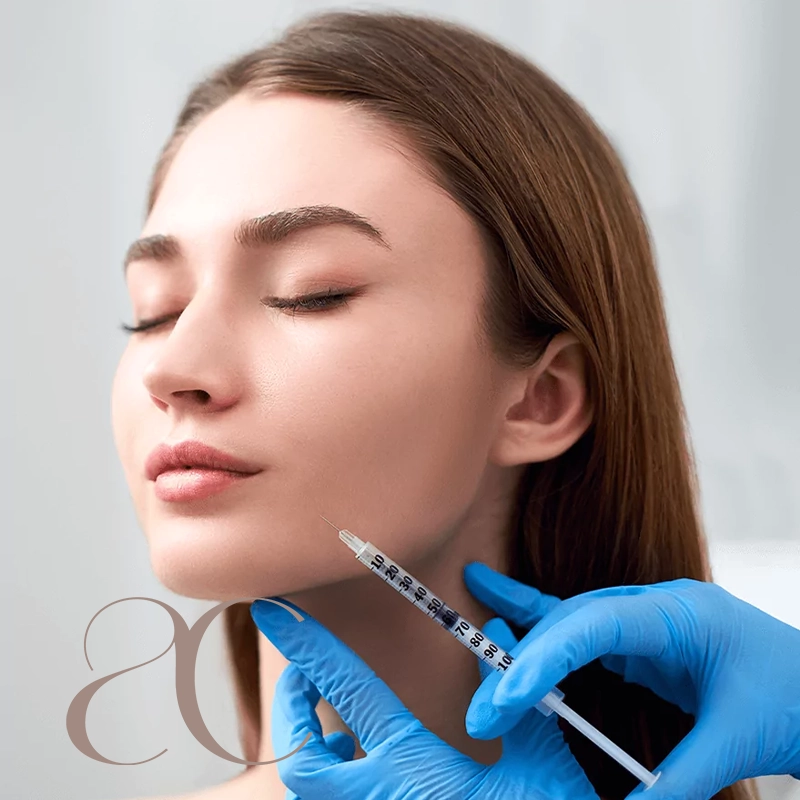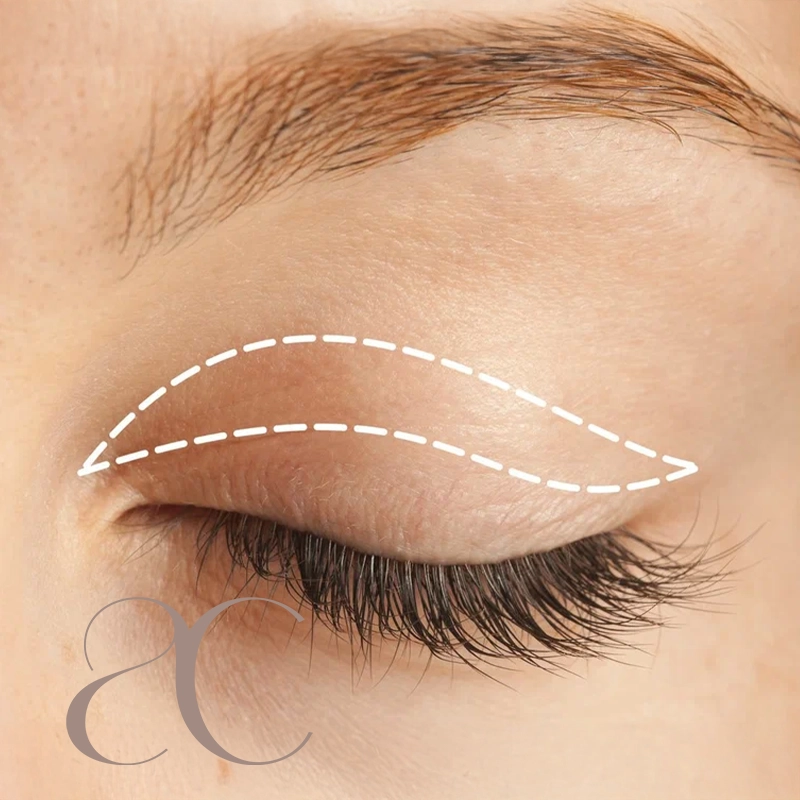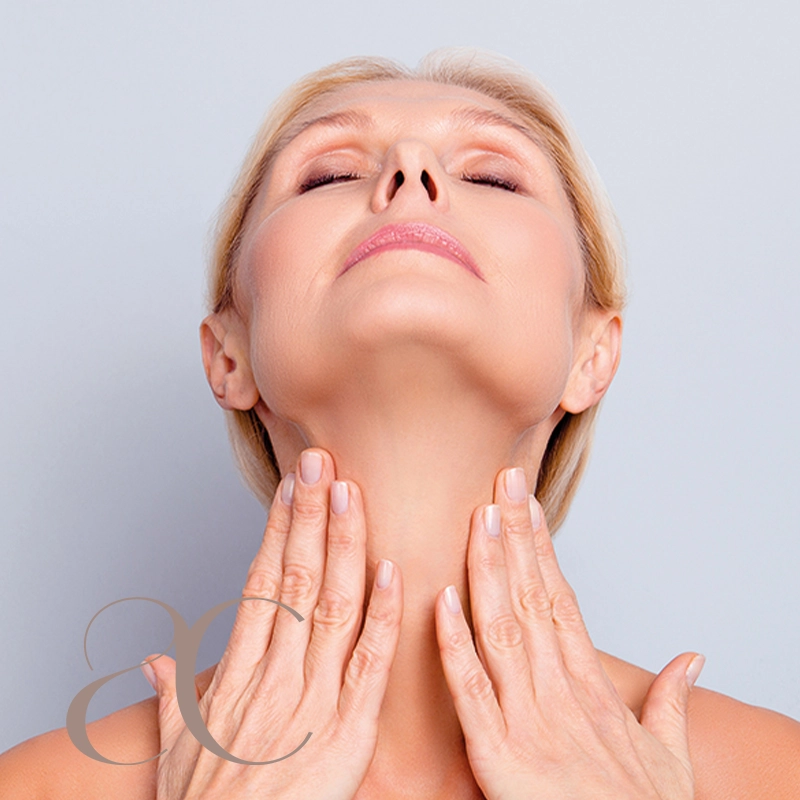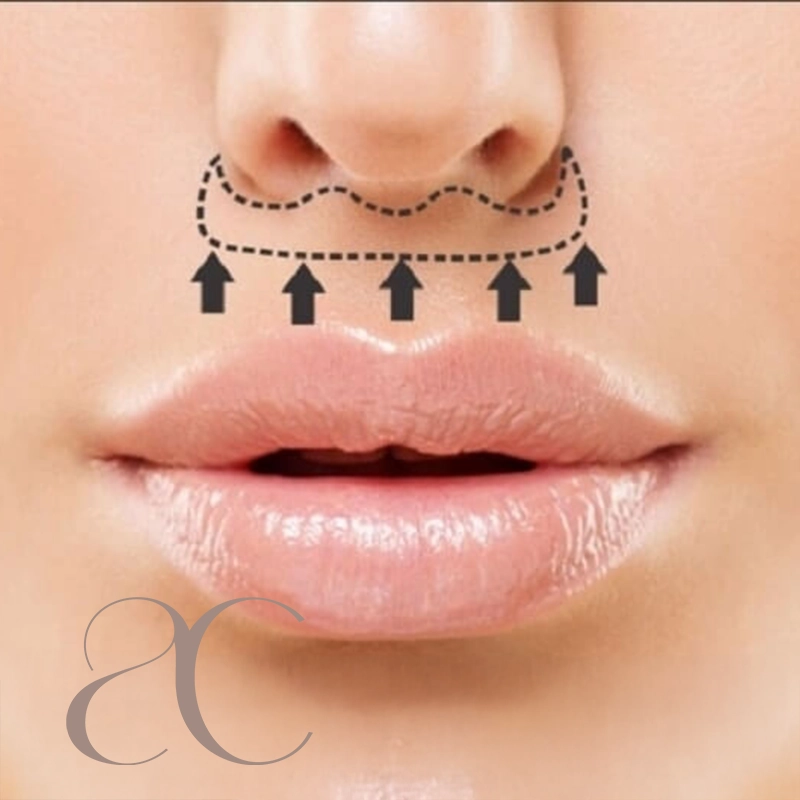
Lower Eyelid
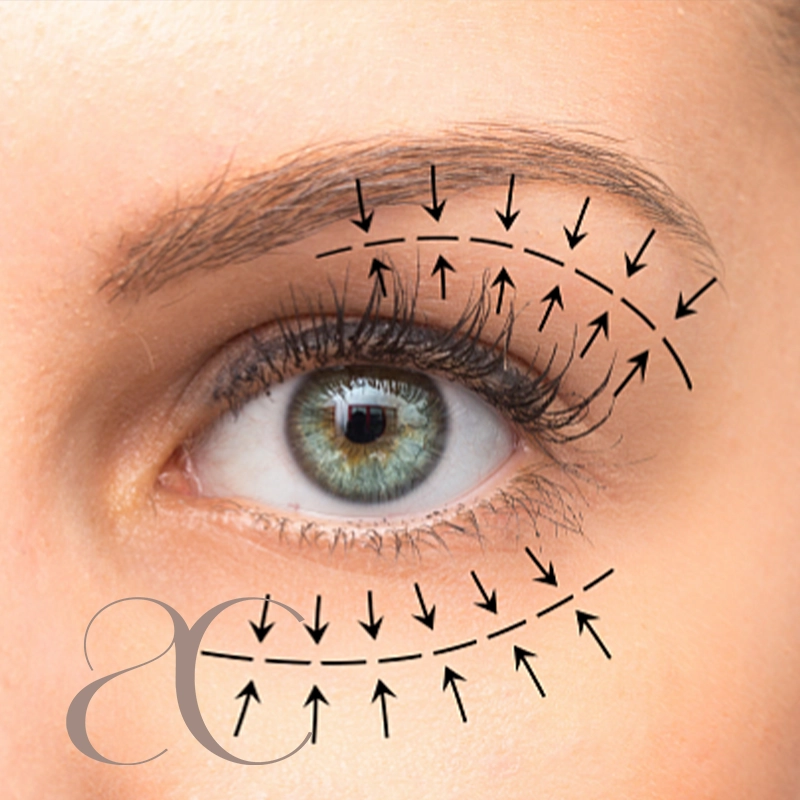
What Is Lower Blepharoplasty (Eyelid Surgery)?
Lower blepharoplasty, commonly known as lower eyelid surgery, is a cosmetic procedure designed to address the signs of aging around the lower eyelids. This surgery primarily targets issues such as puffiness, under-eye bags, and loose or sagging skin. As we age, the skin around the eyes becomes thinner and loses its elasticity, which can result in the formation of fat bulges or wrinkles beneath the eyes. Lower blepharoplasty aims to restore a more youthful and refreshed appearance by removing excess skin and fat or repositioning the fat to reduce puffiness. The procedure can also tighten the skin to smooth out fine lines and wrinkles, providing a rejuvenated look to the entire eye area.
In addition to its cosmetic benefits, lower blepharoplasty can also improve the functional aspect of the eyes, particularly if sagging skin interferes with vision. This surgery is often performed on patients who are in good health and have realistic expectations about the results. Depending on the patient’s needs, lower blepharoplasty can be performed using different techniques, including transconjunctival (through the inside of the eyelid) or external (incision under the lower lashes) approaches. Recovery is typically straightforward, with most patients returning to daily activities within one to two weeks. The results are long-lasting, offering a more youthful and energized appearance to those looking to reverse the effects of aging around the eyes.
How Does Aging Affect the Lower Eyelids?
As we age, the skin around our eyes, particularly on the lower eyelids, undergoes significant changes due to the natural loss of collagen and elastin, which provide the skin with its firmness and elasticity. The lower eyelids are especially vulnerable to these effects, as they are thinner and more delicate than the skin on other areas of the face. Over time, this loss of elasticity leads to the sagging and wrinkling of the skin, which can create a tired or aged appearance. Additionally, the muscles and connective tissues that support the eyelids weaken, contributing to the formation of bulges or puffiness beneath the eyes. These under-eye bags occur when fat, which once supported the area, starts to shift forward, resulting in a tired, sunken look.
Beyond the cosmetic impact, aging can also lead to functional issues in the lower eyelids. As the skin becomes looser, it may begin to droop, causing the eyes to look fatigued or even affecting vision in extreme cases. The formation of under-eye bags can also make individuals appear older and more stressed, leading to a desire for rejuvenation. External factors such as sun exposure, smoking, and lack of sleep can accelerate these signs of aging. Fortunately, procedures like lower blepharoplasty can help address these issues, restoring a smoother, more youthful appearance and improving the overall aesthetic of the lower eyelids.
Who Is a Good Candidate for Lower Eyelid Surgery (Blepharoplasty)?
A good candidate for lower eyelid surgery, or lower blepharoplasty, is someone who is looking to address cosmetic concerns such as under-eye bags, puffiness, and sagging skin around the lower eyelids. Ideal candidates are typically individuals who are experiencing noticeable aging signs in the eye area, such as wrinkles, fine lines, or fat bulges that create a tired or aged appearance. This procedure is also suitable for people with excess skin or fat in the lower eyelid area that makes them appear older or less refreshed. While age can play a role, lower blepharoplasty is often performed on patients in their 30s to 60s, though those older or younger may also benefit if they have specific concerns about the appearance of their lower eyelids.
In addition to these cosmetic reasons, lower eyelid surgery is also suitable for individuals who have good overall health and realistic expectations about the outcomes of the procedure. Ideal candidates should not have serious eye conditions such as glaucoma or dry eye syndrome, as these could complicate the surgery and recovery. Non-smokers are generally better candidates as smoking can interfere with healing and increase the risk of complications. A thorough consultation with a qualified surgeon is essential to determine if lower blepharoplasty is the right choice, as the surgeon will assess the patient’s health, eye structure, and goals to ensure the best results.
How to Prepare for Lower Eyelid Surgery (Blepharoplasty)?
Preparing for lower eyelid surgery, or blepharoplasty, is an important step in ensuring a smooth procedure and optimal recovery. The first step is scheduling a consultation with a qualified surgeon who specializes in eyelid surgery. During this consultation, your surgeon will assess your overall health, examine your eyelids, and discuss your aesthetic goals to determine the best approach for your surgery. You will also be asked about your medical history, including any previous eye conditions, medications you are currently taking, and any allergies. It is crucial to inform your surgeon about any blood-thinning medications (such as aspirin or ibuprofen) you may be taking, as these can increase the risk of bleeding during the surgery. Your surgeon may ask you to stop taking certain medications for a period before the procedure.
In the weeks leading up to the surgery, it’s important to avoid smoking, as it can impair the healing process by reducing blood flow to the surgical site. You should also arrange for someone to drive you home after the surgery and assist you for the first 24-48 hours, as you may feel groggy from the anesthesia. On the day of the surgery, avoid wearing makeup, contact lenses, or any facial products, as these can interfere with the procedure and recovery. Following your surgeon’s pre-operative instructions carefully, including fasting requirements if general anesthesia is used, will help ensure the surgery goes smoothly and the recovery process is as quick and comfortable as possible.
What Are the Costs of Lower Eyelid Surgery (Blepharoplasty)?
The cost of lower eyelid surgery (blepharoplasty) can vary significantly depending on several factors, including the surgeon’s experience, the complexity of the procedure, and the location where the surgery is performed. In general, lower blepharoplasty can range from $2,000 to $7,000 or more. This price typically includes the surgeon’s fees, anesthesia costs, and facility fees, though additional expenses like post-operative medications or follow-up appointments may not be included in the initial quote. It’s important to note that prices may differ greatly depending on the country and region. For example, lower blepharoplasty in European countries tends to be more expensive compared to countries like Turkey, which is known for offering high-quality cosmetic procedures at more affordable prices.
Many patients choose to undergo surgery abroad, particularly in countries where cosmetic surgery is both advanced and cost-effective, such as Turkey. Not only do they benefit from significantly lower costs, but they also enjoy the high standard of care provided by experienced, internationally trained surgeons. In addition, many clinics in Turkey and similar destinations offer comprehensive packages that may include accommodation, transportation, and post-surgery care, making the procedure even more attractive. However, it’s essential to prioritize quality and expertise over price when choosing a surgeon to ensure safe and successful outcomes. Always research the credentials of the medical professionals and clinics you are considering to ensure you are getting the best value for your investment.
What Is the Best Age for Lower Eyelid Surgery (Blepharoplasty)?
The best age for lower eyelid surgery, or blepharoplasty, varies depending on an individual’s unique concerns and skin aging. Generally, lower blepharoplasty is most commonly performed on individuals between the ages of 35 and 60, as this is when many people begin to notice sagging skin, puffiness, or fat deposits under the eyes. However, the procedure can also be beneficial for younger patients who inherit genetic traits like under-eye bags or puffiness that develop earlier. In these cases, surgery can be done as early as the late 20s or early 30s, if necessary, to address aesthetic concerns and achieve a more youthful appearance.
While there is no strict age limit for the procedure, older adults may still benefit from lower eyelid surgery if they experience significant drooping or puffiness that affects their vision or appearance. In such cases, blepharoplasty can help restore a more youthful and refreshed look by removing excess skin and fat. It’s important to note that good health and realistic expectations are essential for any patient, regardless of age. Before deciding to undergo surgery, a consultation with a qualified surgeon is crucial to assess the specific needs and health status, ensuring the best possible results and a safe recovery.
Lower Eyelid FAQs
What is Upper Eyelid Blepharoplasty (Upper Eyelid Surgery)?
Upper eyelid blepharoplasty, also known as upper eyelid surgery, is a cosmetic procedure designed to remove excess skin, fat, or muscle from the upper eyelids. This surgery aims to improve the appearance of droopy or hooded eyelids and can restore a more youthful, refreshed look by reducing puffiness and eliminating tired eyes.
Who is a good candidate for Upper Eyelid Blepharoplasty?
Ideal candidates for upper eyelid blepharoplasty are individuals who have excess skin or fatty tissue in the upper eyelids, which can cause drooping or obstruct vision. Most candidates are typically over the age of 35, although younger patients may also consider the procedure if they have inherited eyelid issues. Healthy individuals with realistic expectations are the best fit for the surgery.
What are the benefits of Upper Eyelid Blepharoplasty?
Upper eyelid blepharoplasty offers several benefits, including:
Improved vision by removing excess skin that may obstruct peripheral sight.
A rejuvenated, more awake appearance.
A reduction in puffiness and under-eye bags.
A long-lasting result, often providing a more youthful look for many years.
Patients often report a boost in self-confidence and a more refreshed facial appearance.
What is the recovery time for Upper Eyelid Surgery?
The recovery time for upper eyelid blepharoplasty typically ranges from 7 to 10 days, with most patients able to return to normal activities within two weeks. Swelling and bruising are common but usually subside within the first few days. It’s recommended to avoid strenuous activities for about 3-4 weeks to ensure optimal healing.
Are there any risks or side effects of Upper Eyelid Blepharoplasty?
As with any surgery, upper eyelid blepharoplasty carries some risks, including infection, scarring, asymmetry, dry eyes, or difficulty closing the eyes. However, these complications are rare when performed by a skilled surgeon. It’s important to follow all post-operative care instructions to minimize risks and ensure the best possible outcome.
